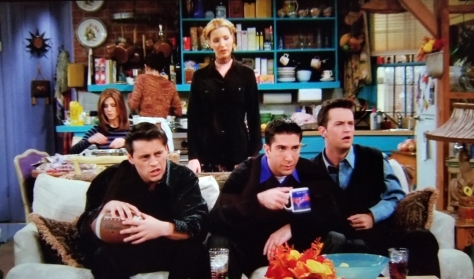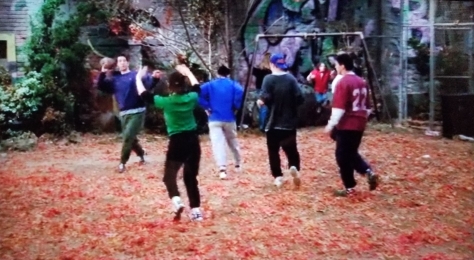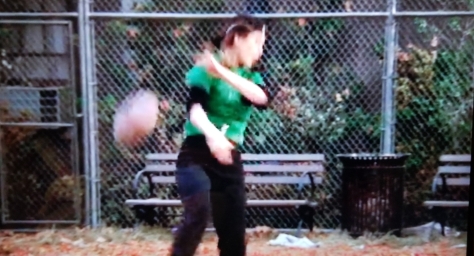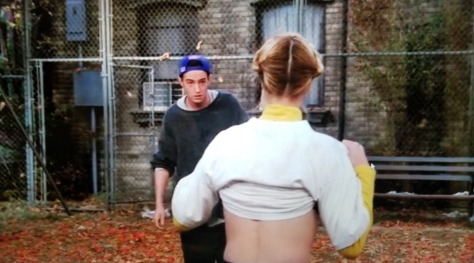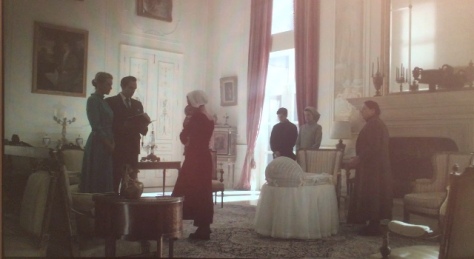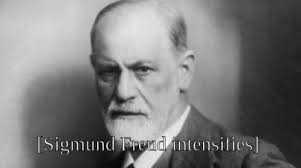Call Me By Your Name is an excellent example of the failings of New Queer Cinema as outlined by Leung. Ostensibly dealing with the gay relationship between a 17 year old (Elio) and a 24 year old (Oliver) , the film is far from a realistic representation of gay youth and relationships, without even addressing the age gap. The book, on which the film was based, was written by a straight man. Therefore, it seems impossible even from the start that the book and film could capture an authentic gay experience. The film itself is clearly more concerned with aesthetic and visual appeal of the story than characterization, and prefers long, lush silences to real character building. Leung highlights the commodification of New Queer Cinema, which is a concept clearly present in CMBYN: “The apparent increase in tolerance for and visibility of queer communities merely reflects a ‘virtual equality’ that masks the absence of genuine and fundamental systemic changes. It is precisely under this climate of ‘virtual equality’ that New Queer Cinema’s once outlawed and marginalized representations of sexuality become transformed into palatable, even marketable, commodities” (Leung 2).
The film’s callous portrayal of a 17 year old and 24 year old not only plays into stereotypes of the predatory gay man, but also presents a titillating gay story through the age gap and general “uniqueness” of the queer storyline. Rather than developing strong gay characters with a realistic relationship, this film seeks to draw people in with the main gay relationship but then does it absolutely no justice. The movie focuses far more on the story itself than on either of the 2 main characters. The viewer gets no insight into what would seem to be the most critical aspect of the movie: Elio and Oliver’s relationship with their own homosexuality. Without any examination of their relationship towards and level of acceptance of their own sexuality, the film lacks any kind of moving, realistic portrayal of queerness.
The gay relationship present in the film is an exact representation of the commodifying that Leung writes about; the storyline is packaged in beautiful scenery, a lack of character building between the two gay characters, and a tragic ending all show this presentation of homosexuality as a unique film trope, making the 2 main characters and their sexuality actually more of a forethought than the main aspect of the film.

^^That’s how I felt watching the movie…!


